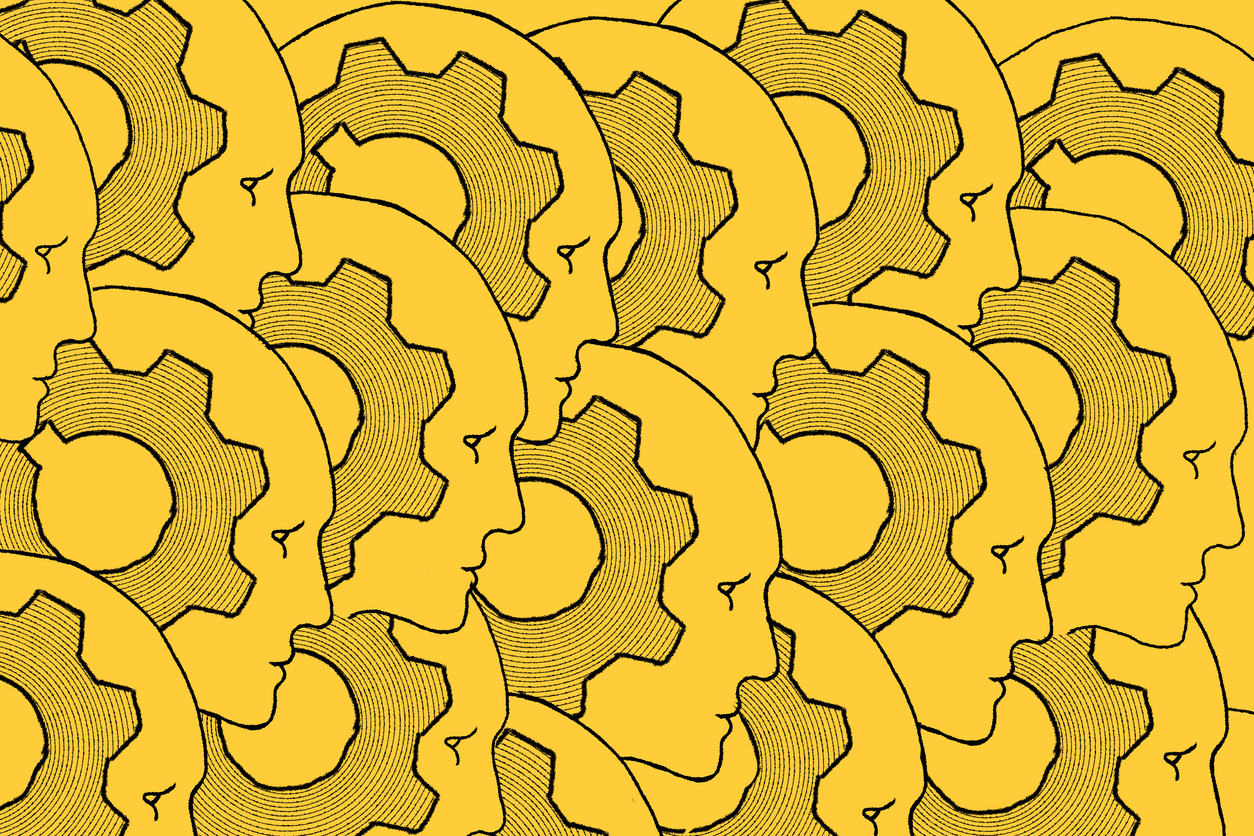How AI can act as an ‘empathy assistant’ for inclusive language
You can prompt AI chat to write messages for diverse groups that reflect each audience’s distinct word choices, worldviews, internal makeup and more.

Among the myriad ways that generative AI can help streamline communications workflows, programs like ChatGPT and Bing can be used to make sure your messaging and language is inclusive. Because these chatbots are built using large language models that are designed to provide human-like responses to user input, you can prompt them to write messages for diverse groups that reflect each audience’s distinct word choices, worldviews, internal makeup and other factors to better resonate with each group’s identity and how they communicate.
“Artificial intelligence tools such as OpenAI’s ChatGPT can be a very effective empathy assistant,” writes Christopher Graves in HBR. “In my experiments, I found that ChatGPT can create audience-tailored versions of communications that may resonate more and clash less with each group. Particularly eyebrow-raising is its ability to do so responding to prompts with behavioral science cues — crafting surprisingly appropriate messages for particular personality traits, worldviews, and so on.”
Testing copy for diverse audiences
There are many prompts you can use to test your messaging and ensure it is inclusive of your target audience. A few examples include:
Become a Ragan Insider member to read this article and all other archived content.
Sign up today
Already a member? Log in here.
Learn more about Ragan Insider.



